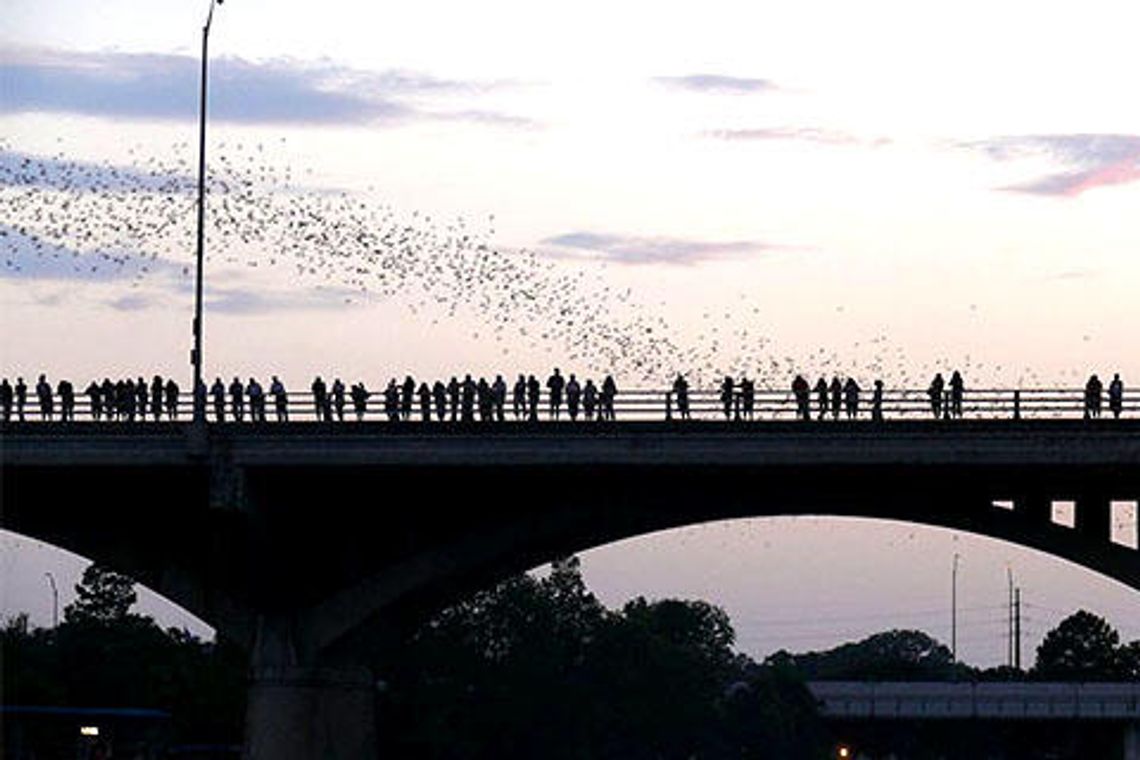By Jerry Hall
[dropcap]L[/dropcap]et’s hear it for our little buddy, the bat. This beneficial creature is widely misunderstood, but no other group of Texas mammals is more important to the balance of nature.
There are more than 32 species in Texas and most of them eat insects, often those that farmers find most damaging. A single colony of free-tailed bats consumes billions of insects – including mosquitoes – every summer night.
Worldwide, there are more than 1,100 kinds of bats, nearly a fourth of all mammal species. They feed primarily on fruit, nectar, pollen and insects.
While Mexican free-tailed bats are most common in our area, the state also has red, silver-haired, spotted, big-eared, ghost-faced and greater bonneted bats. All are active only at night and are seldom seen, but in addition to controlling pesky insects, they are essential pollinators of many plants.
The world’s largest bat colony is at Bracken Cave, just north of San Antonio. I have visited this site and watched some 20 million bats fly out on a summer evening – quite a sight.
Want to learn more? For additional information on bats, visit www.batcon.org or call Bat Conservation International in Austin at 512 327-9721.











